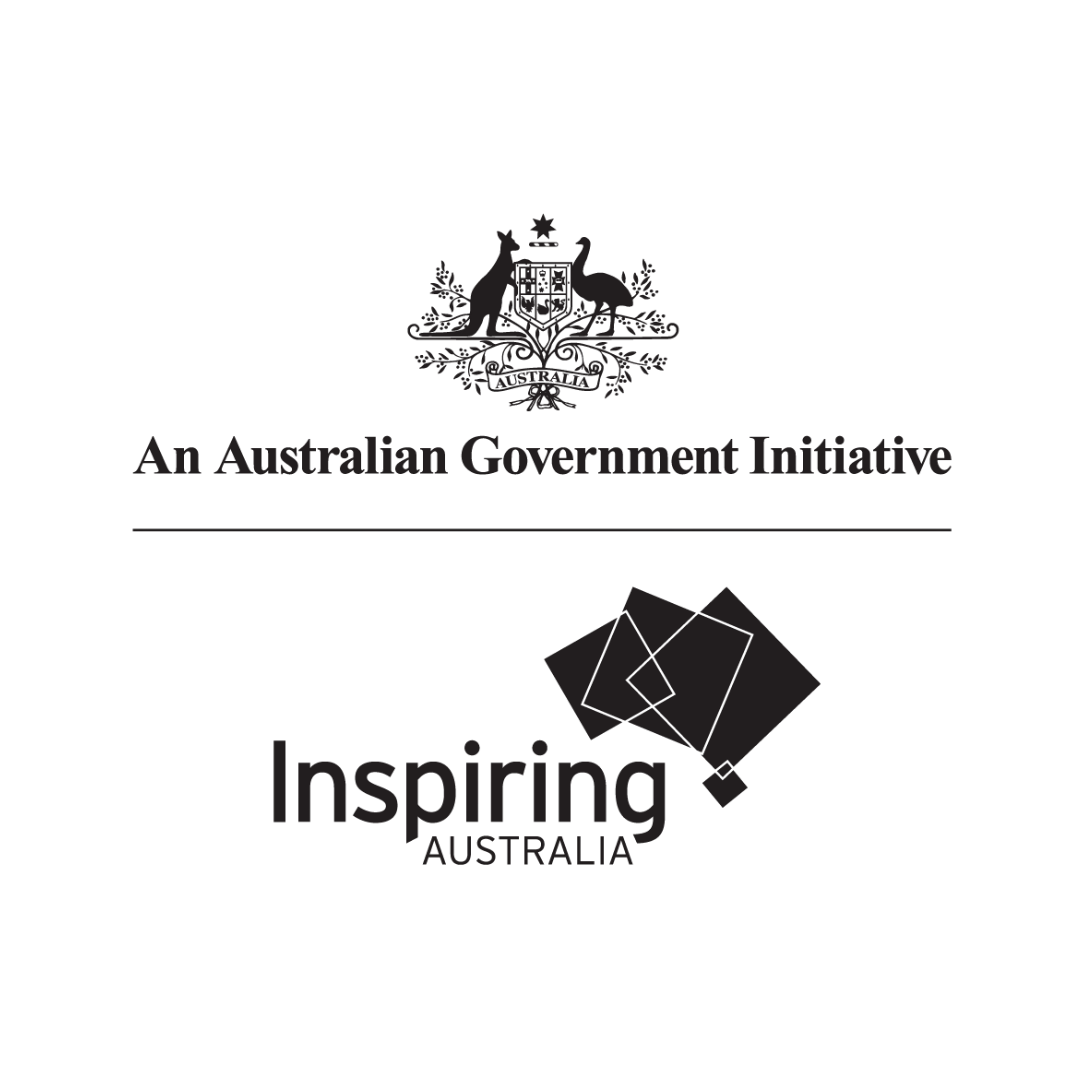-
 “In shape no bigger than an agate-stone on the fore-finger of an alderman”“In shape no bigger than an agate-stone on the fore-finger of an alderman”
“In shape no bigger than an agate-stone on the fore-finger of an alderman”“In shape no bigger than an agate-stone on the fore-finger of an alderman”View
-

-

-

-

-

-

-

-

-

-

-

-

-

-

-

-

-

-

-

-

-

-

-

-


CoLab is an experiment that aims to find out what happens when you pair research scientists with Year 9-12 school art students, with the goal of inspiring new artworks that communicate scientific concepts and ideas. The students work directly with the scientists, including visiting their labs or field sites, and then create an artwork inspired by the scientific research. The artworks are then exhibited at the Tasmanian Museum and Art Gallery during Beaker Street Festival.


What’s the point?
We have a few goals with CoLab, namely, to:
- Give art students real insight into what scientists do
- Present science to a diverse public audience in a way that’s innovative, engaging, and inclusive
- Give young artists opportunities for discovery, inspiration, creative challenges, and exposure to new audiences
- Give scientists opportunities to hone their communication skills and find new ways to present their research to the public
We’re also trying to help bridge the perceived gap between artists and scientists. We think artists and scientists have a lot more in common than many people expect — traits like creativity, innovativeness, and a willingness to experiment and take risks.
How does it work?
- Beaker Street invites expressions of interest from science PhD candidates and early-career researchers. We aim to choose scientific participants that represent a diversity of fields and backgrounds, and we ensure that all participants uphold our code of conduct for working with young people, and obtain a Working With Vulnerable People card (we’ll pay for it).
- Beaker Street invites expressions of interest from art students in Year 9-12. We aim to choose artistic participants from a variety of schools, giving priority to those who might benefit most from the opportunity.
- Beaker Street pairs one or two students with each scientist, and facilitates initial introductions and communications between the scientist-student pairs. The participants then independently find time to work together, including visiting labs or field sites when possible, to gain an in-depth understanding of the research and scientific process.
- The art students develop and create their work, within the general framework provided by Beaker Street and the Tasmanian Museum and Art Gallery. Aside from specific space and time limitations, the scope is fairly broad. Our main aim is to facilitate creativity. Participating students can access a small budget provided by Beaker Street for materials and transportation costs, if needed.
- Finally, the works are exhibited at the Tasmanian Museum and Art Gallery in Hobart, as part of Beaker Street Festival. The participating students and scientists will be invited along to chat with the public about the work and the science that inspired it.

Meet the project team

Lucy Edgington
Program Manager and Artist Mentor, Beaker Street
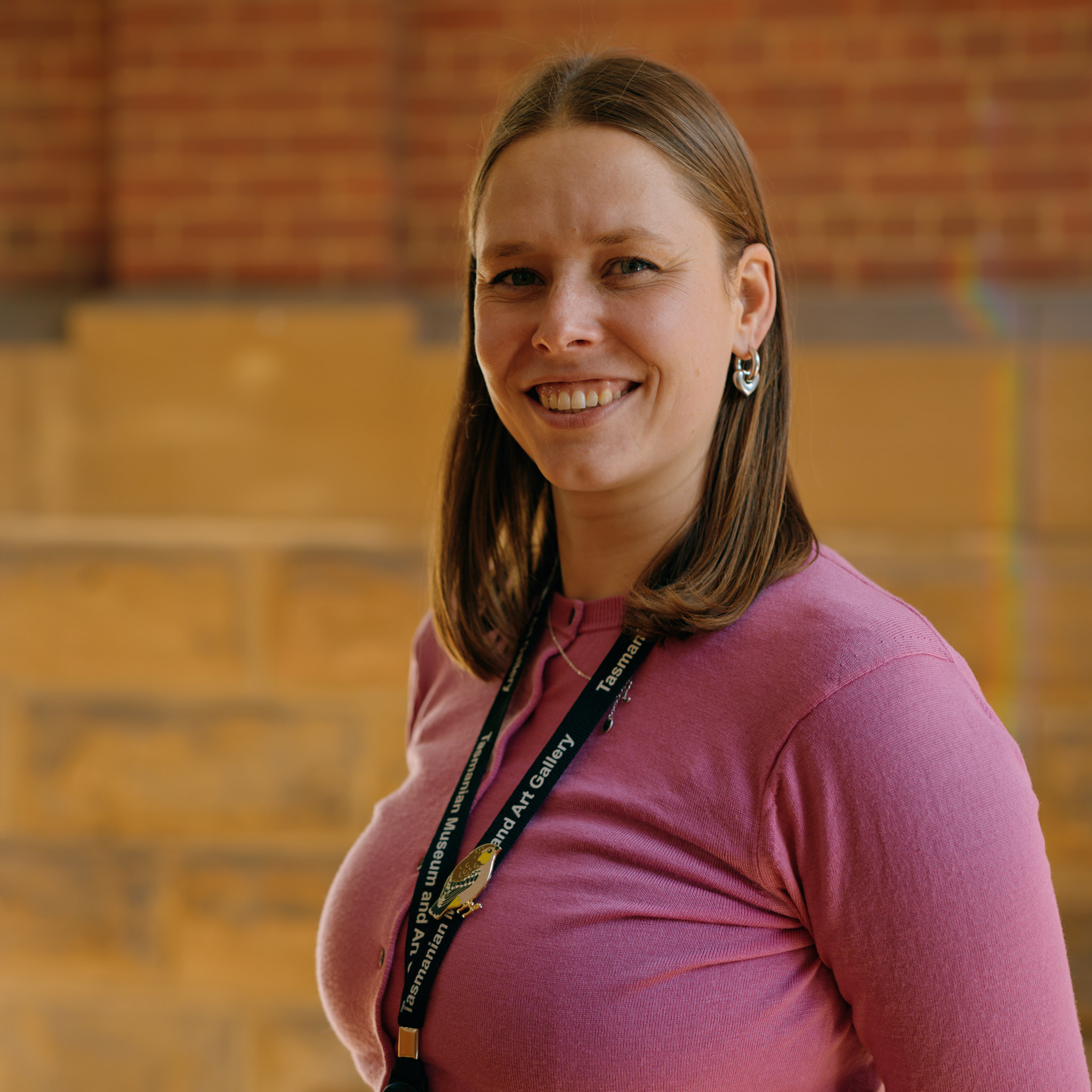
Veronica Marshall
Program Delivery Officer (Learning), Tasmanian Museum and Art Gallery
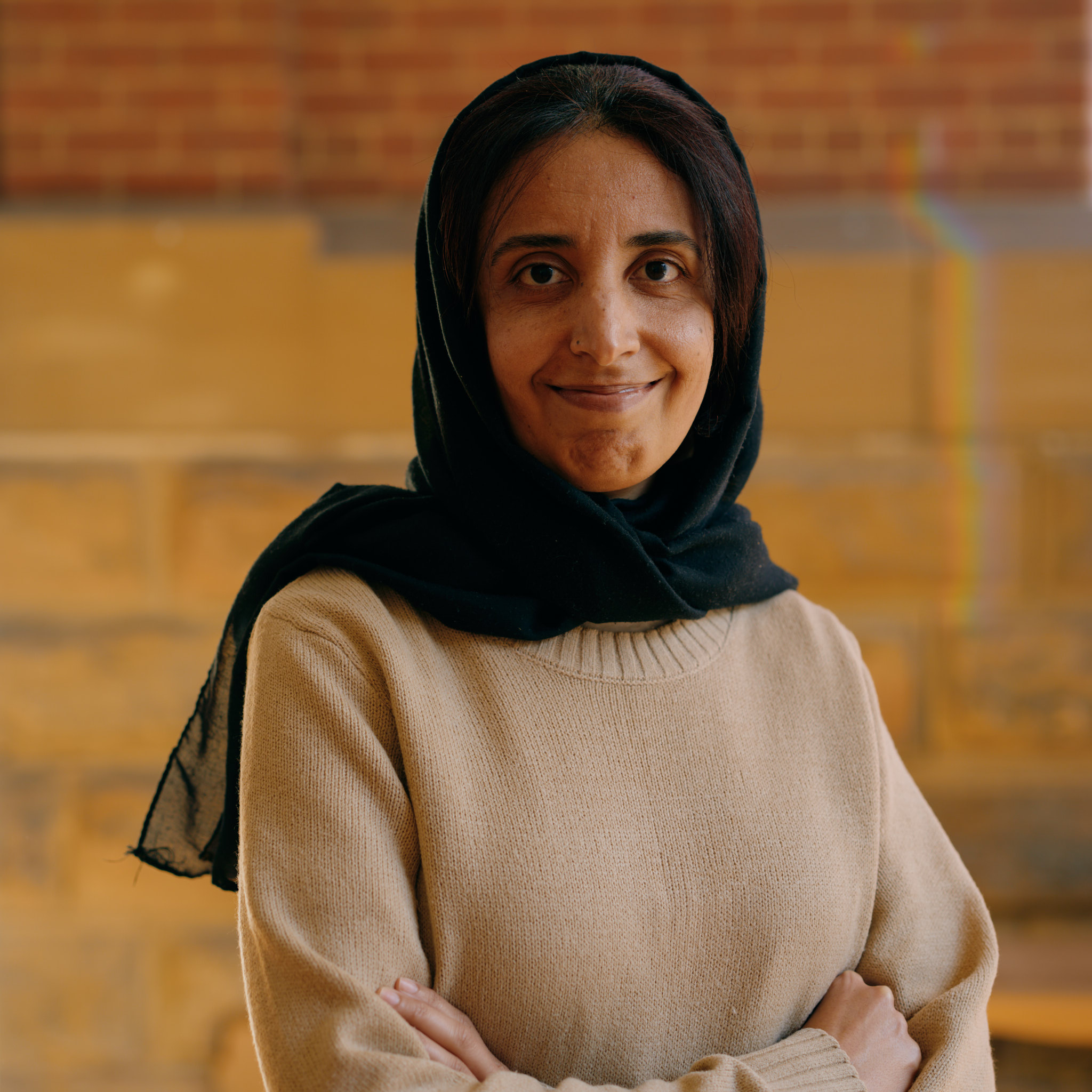
Esmat Sarafraz
Genetics of Flowering Time in Chickpea
Esmat is a plant geneticist who is passionate about the underlying interactions between plants and their growing environment. Her research involves investigating the genetic control of flowering time and shoot architecture in response to photoperiod in chickpea.
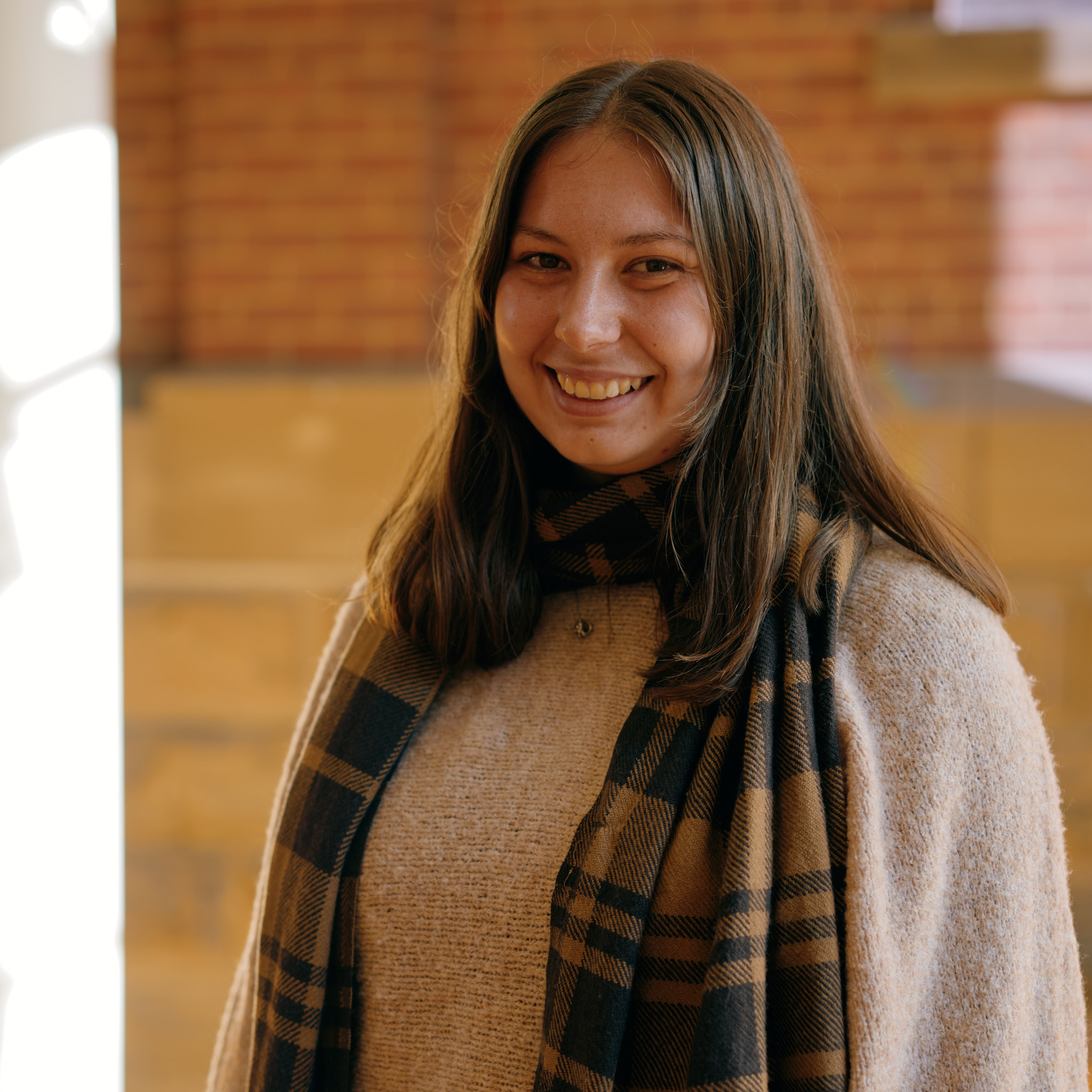
Katya Bandow
PhD Student (Botany), School of Natural Sciences, University of Tasmania
Katya is a botanist who loves absolutely everything about plants. She is currently undertaking a PhD investigating the evolution, anatomy, and physiology of Gondwanan conifers. These southern hemisphere plants have a unique story that is untold, and she hopes to contribute to their understanding and appreciation. In her free time, you will find her looking for rare and unique endemic plants in the Tasmanian wilderness or snuggling her rescue greyhound.
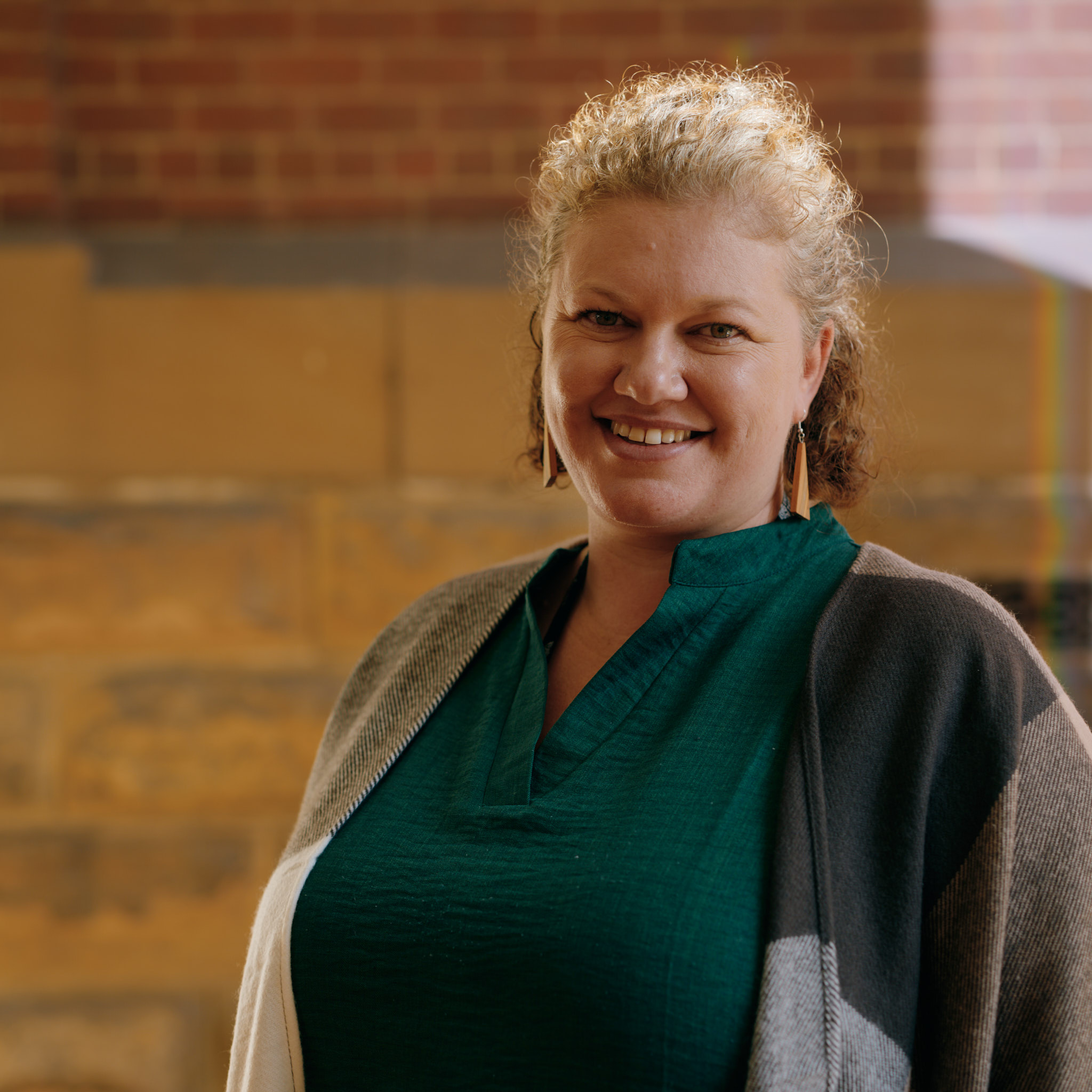
Danielle Zimmermann
PhD Candidate, Ecology and Biodiversity, Institute for Marine and Antarctic Studies (IMAS)
My PhD research is focusing on historical change in coastal sediments. I am looking at benthic invertebrate communities in soft sediment and seagrass habitats across southern Australia, comparing results from my current sampling to research conducted 20-40 years ago. I am looking at changes to invertebrate communities that may be connected to a range of threats, such as urbanisation, nutrient runoff, and aquaculture.
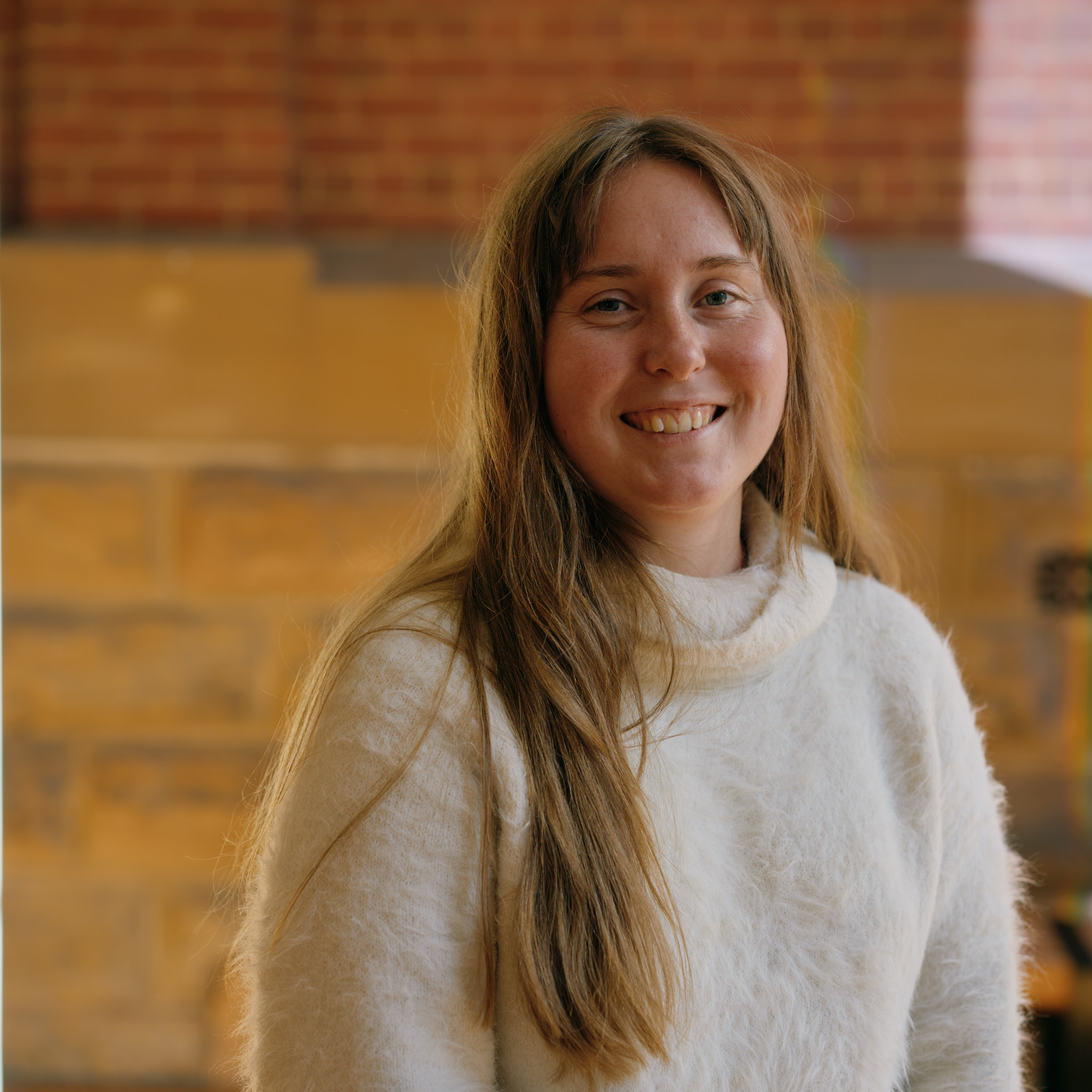
Mille Goddard-Dwyer
Postdoctoral Research Associate - Marine Biogeochemist, Oceans Ice and Climate, Institute for Marine and Antarctic Studies, University of Tasmania
I am a post doc working on the mechanisms underpinning Krill Fe recycling efficiency and how this may change under future climate change scenarios.
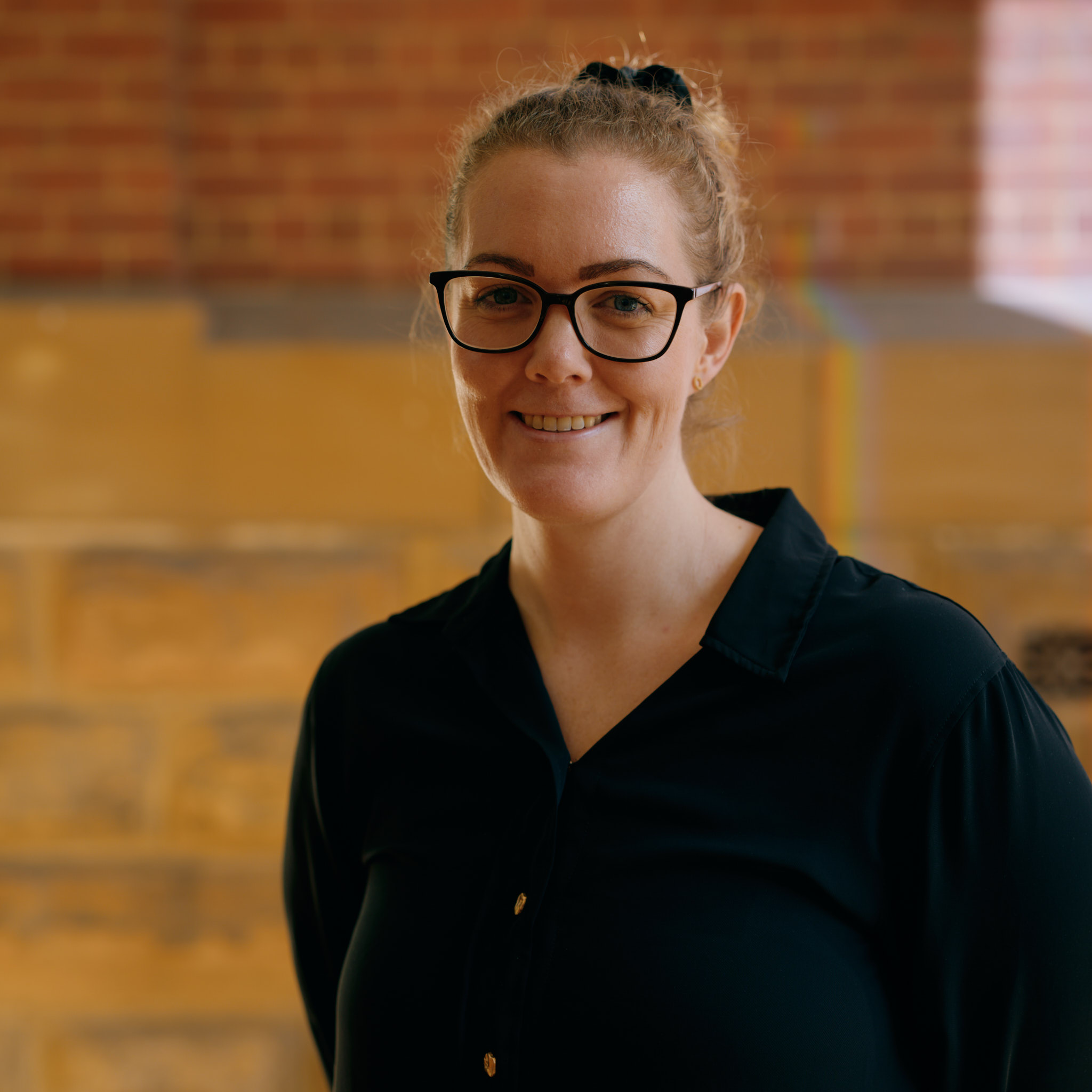
Samantha Bramich
Higher Degree by Research Candidate, Wicking Dementia Research Education Centre, University of Tasmania
Samantha Bramich is a PhD candidate at the Wicking Dementia Research and Education Centre and a sleep scientist at the Launceston General Hospital. Her doctoral research is investigating isolated REM sleep behaviour disorder (iRBD); a rare sleep disorder which has been linked to the development of Parkinson's disease and dementia with Lewy bodies. She has received several successful grants to fund her research into the prevalence and profiles of iRBD in Tasmania, and was awarded the Emeritus Professor Lloyd and Ann Smythe Prize in Dementia Studies in 2024.

Roisin Moloney
Neuroscience Research Fellow, Menzies Institute for Medical Research
My research looks at what is happening to the brain in multiple sclerosis (MS). MS is a brain disorder that targets the protective coating that covers our neurons, called myelin. Myelin works like insulation around an electrical wire, and in MS, there is damage that occurs to this substance. I am trying to understand what is causing this damage in the brain, by looking at different cell types that might be the culprit!
CoLab Case Study
Check out the story of CoLab project team Isobel and Miley (Taroona High School), Dr Beth Strain (IMAS University of Tasmania), and Artist Mentor Lucy Bleach
Project snapshot
CoLab unites students, scientists, and artists in unexpected and inspiring ways. Discover its impact in the video below.
Go ‘behind-the-science’
Join science communicator Zoe Kean as she uncovers the science that sparks creativity in our CoLab artists. Watch the full series now on our YouTube channel.
PROJECT GALLERY
THIS PROJECT IS CURRENTLY SUPPORTED BY:

The Fred P Archer Charitable Trust
THIS PROJECT IS PRESENTED BY:






